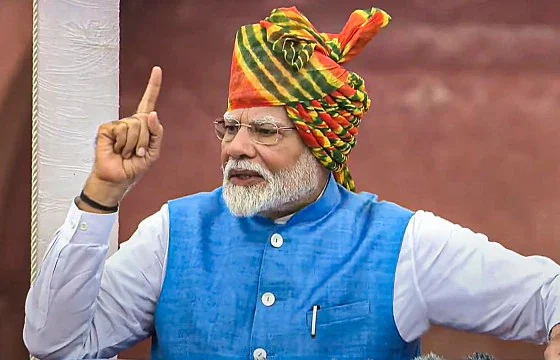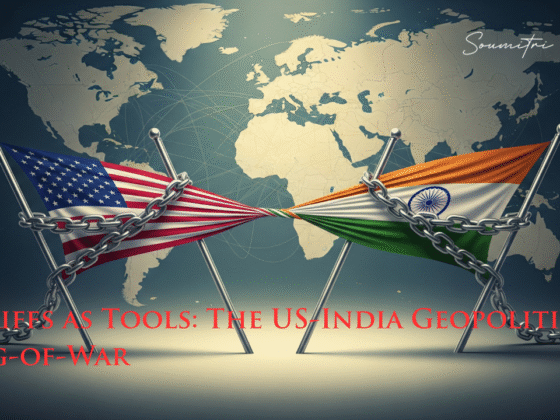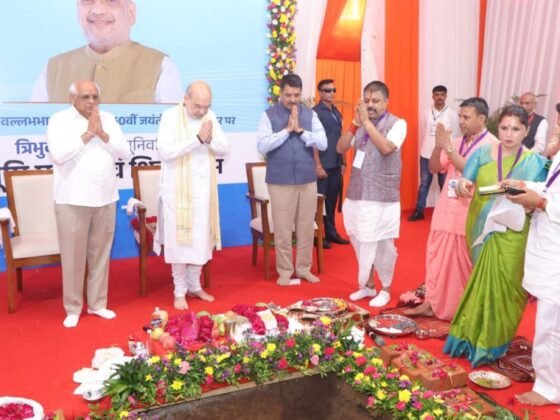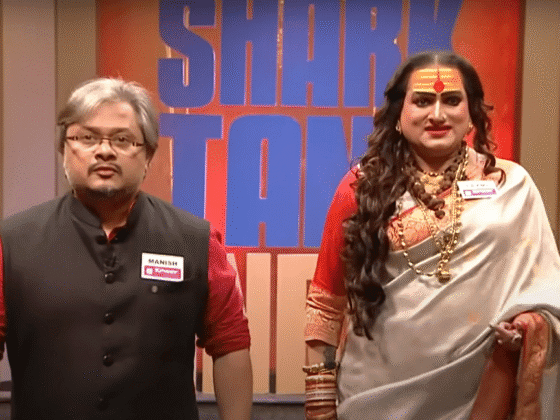Introduction
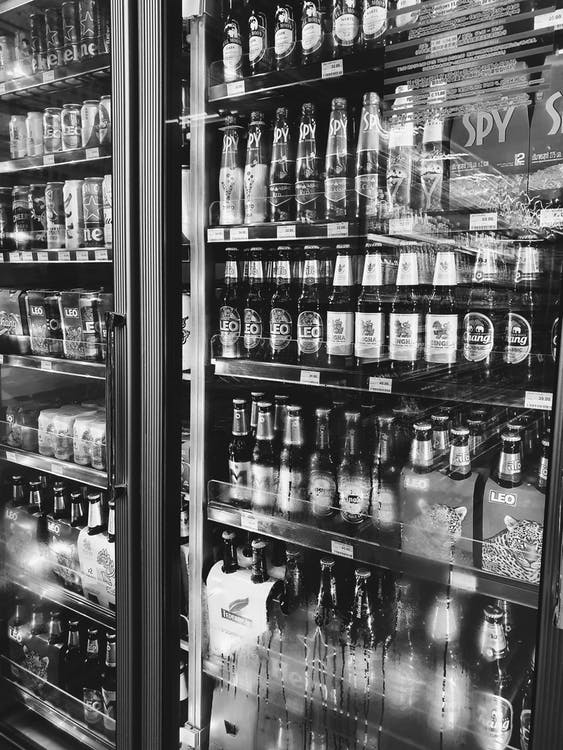
India’s alcohol industry saw a consistent development during 2018-19 attributable to rising pay and changing way of life anyway experienced a decrease in 2020 attributable to the flare-up of Covid-19. The abrupt flare-up of the Covid-19 pandemic brought about the full prohibition on the offer of liquor because of the lockdown in 2020 which impacted the utilization of liquor among customers in India.
India’s alcoholic beverages market is probably going to encounter quick development in the estimated because of expanding disposable cash flow, urbanization, and evolving way of life, alongside the development of the youth populace and working ladies populace. Also, the rising interest in bistros, bars, and cafés is in a way expected to prompt an expanded interest in liquor during the figure time frame.
Market overview
India’s liquor industry is the third biggest in the world with a worth of $35 billion. The business is separated into three classifications: Indian Manufactured Foreign Liquor (IMFL), beer, and homemade alcohol.
Everybody in India is going hungry for liquor. With 8.8% of development (CAGR), the Indian liquor market is simply detonating.
The third biggest alcohol market universally, the market size of alcohol deals in India is more than the US $35 billion. A little over 600 million individuals in India are over the legal drinking age in India.
Other than India being the biggest buyer of Whiskey in the world, Wine is turning out to be very well known particularly among ladies in India. There is a 22.8% development in Vodka’s interest. The punch here is that with the developing working-class populace, these ongoing numbers will pale before long. The utilization of liquor in India will arrive at 16.8 billion liters continuously in 2022.
A large portion of the offer of liquor in India is coming from Tier 1 and Tier 2 urban communities. Developing pay prompting rising spending power blended in with admittance to liquor at cafés and alcohol stores is the justification behind such an exceptional expansion popular.
Market by Regions Analysis
By regions, the Southern area ruled the Indian alcoholic market in 2020 attributable to which, five southern states i.e., Andhra Pradesh, Telangana, Tamil Nadu, Karnataka, and Kerala together obtained a significant income share in the Indian Alcoholic Beverages market. Additionally, the Southern region is supposed to enroll the most noteworthy development in the front coming a very long time in India liquor drinks market according to capita pay of southern states are higher than different districts and with an expansion in pay, the purchaser buying power increments and hence it would bring about expanded utilization of liquor.
Some Famous brands
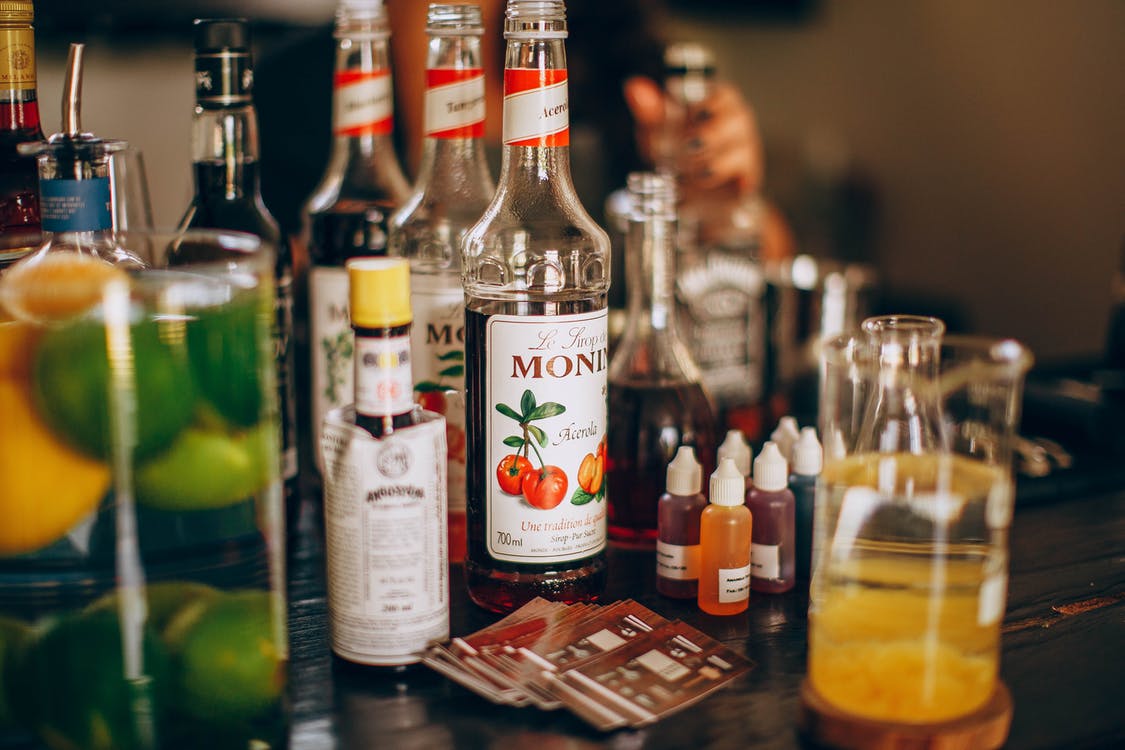
Whiskey rules the IMFL classification, and India has the biggest whiskey industry in the world. India-based United Spirits Limited McDowell’s No. 1 is the most noticeable whiskey. Its Royal Challenge and Bagpiper are additionally famous. Other predominant whiskeys incorporate French Pernod Ricard’s Imperial Blue, Seagram’s Blender’s Pride, Royal Stag, and Japanese Beam Global’s Teachers. Rum is the second most normal alcohol in India. India-based Mohan Meakin Ltd. Old Monk is well known. Gin and vodka additionally contain the IMFL classification, filling sought after among metropolitan youth and women. Bermuda-based Bacardi’s Bombay Sapphire gin and U.K.- based Diageo’s Smirnoff vodka are top items.
Why India’s alcohol industry is expanding?
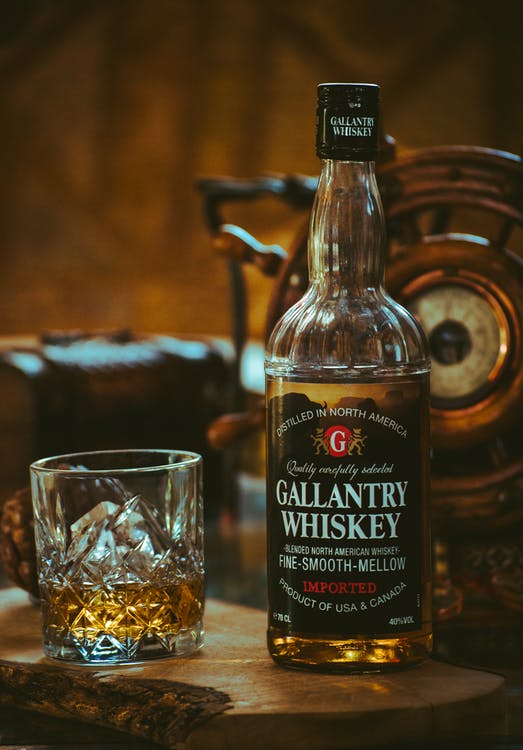
There are many reasons why the Alcohol beverages industry is growing in India day by day. These are the following reasons-
The homemade alcohol section is for the most part involved territorial Indian beverages. It is famous because it is made up of Feni. Feni, a spirit produced using cashews or coconuts, is created only in the western territory of Goa. Palm wine, produced using the sap of palm trees, is normal in India. Arrack is one more predominant cocktail produced using coconut, sugarcane, or natural product sap. This class is generally unbranded, privately appropriated, and consumed by authentic and lower-working class laborers.
The wine category is expanding because of wine the travel industry and advertising, which draw working-class metropolitan buyers. Most wine utilization happens in the urban communities of Mumbai, Delhi, and Bangalore. India’s biggest grape plantations are situated in the provinces of Maharashtra and Karnataka. Pervasive wines include Grover’s Zampa, Four Seasons’ Four Seasons, and Samant Soma Wines’ Sula.
India is famous for the sort of tax and policy execution that follows the alcohol business in the country, with brands in the fragment continuously taking a choice for better simplicity of carrying on with work in the country.
Alcoholic beverages are among the main three wellsprings of income procuring across most states. However, there is by all accounts an absence of transparency, consistency, and clearness in the duty system to guarantee that the income procuring objective is lined up with different goals of the public authority like ‘Make in India’ and products from India. The administration and valuing models for alcoholic beverages differ broadly across the states. The states through their extract arrangements, control the whole production network of alcoholic beverages from assembling and conveyance to enrollment and retail.
In India, liquor doesn’t fall under the domain of the Goods and Services Tax (GST) thus the income from it goes directly to the state government.
In this way, on the off chance that there is a spending plan deficiency, the public authority attempts to get additional cash from the business. Furthermore, if for political reasons it is so required, the offer of liquor is either prohibited or confined.
Every one of the 28 provinces of India records down its own set of rules in regards to burdening alcohol. For example, in Gujarat, alcohol is denied, though, in states like Kerala and Tamil Nadu different limitations have been forced on liquor utilization.
Uttar Pradesh gathered the most elevated income from the extracted tax on alcohol, totaling Rs 31,517 crore in 2019-20. However, even Puducherry acquires its essential pay from liquor exchanging, while Goa has the least liquor tax rates.
Likewise, the force of digital media is further assisting the fragment with filling in manners multiple. Not at all like prior, alcohol brands are presently ready to promote their items through a digital medium, web-based entertainment channels. Live performances, and occasions are an additional side project.
Online delivery is one more trial region for alcohol brands in India today wherein many states have permitted ‘online delivery’ of alcoholic drinks, but they are yet to permit ‘online selling’ of these beverages, going ahead.
Alcohol industry pioneers likewise refer to different measures that could be useful to Indian customers to become a more mindful and conscious drinking populace than it is present. India has a huge weight from liquor use disorder.
Conclusion
There is the above-mentioned reason for the rising alcohol beverages market. The alcohol beverages industry is growing due to the political and economic reasons that are described above in detail.
The ad hoc choices by the state legislatures make it challenging for new entrants to settle in. What is completely clear is the liquor business bears the greatest brunt of political and economic consequences. Furthermore, the greatest polarity is most states look towards the liquor business to round up their income.

 Add to favorites
Add to favorites

